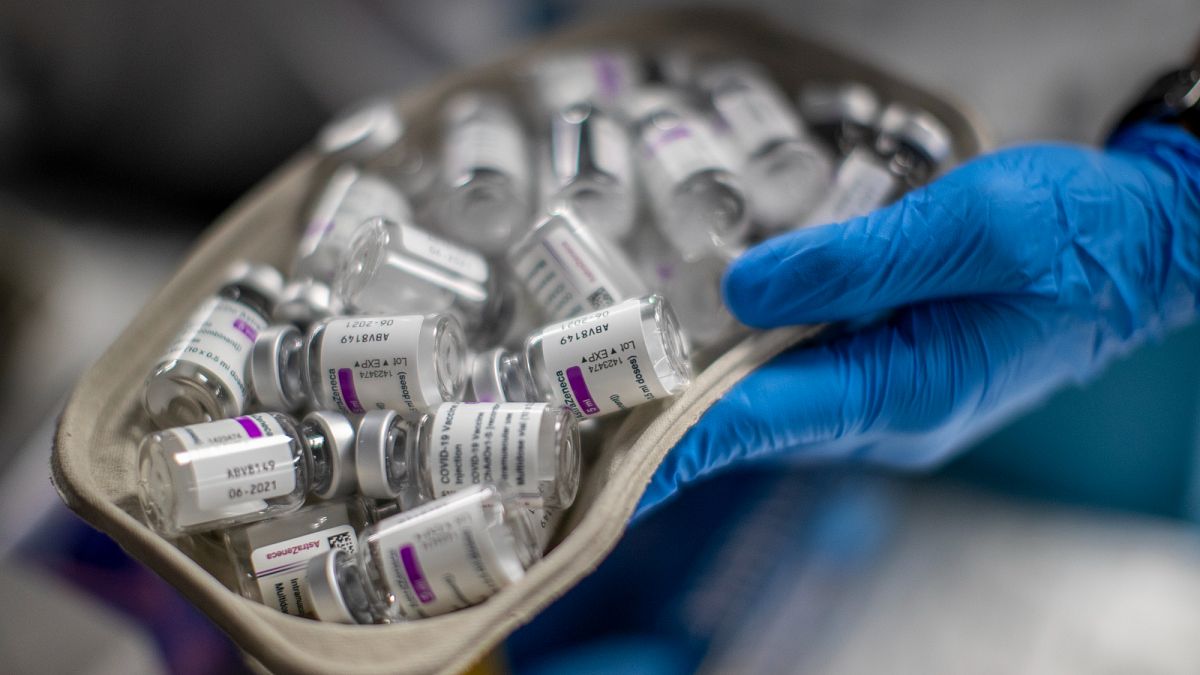

In today’s interconnected world, developments in industry and health continue to weave together narratives of growth, concern, and assurance. Three recent stories bring to light issues spanning from pharmaceutical investments and childhood well-being to water safety, illustrating both progress and ongoing discussions in our society.
AstraZeneca, a prominent player in the global pharmaceutical industry, has announced a significant commitment to expanding its footprint in the United States. The British-Swedish company has pledged a substantial investment of $50 billion to bolster its presence in what remains its largest and most significant market. This strategic move aims not only to enhance its market share but also to fortify its sales operations amidst concerns over potential tariffs. The investment is expected to catalyze innovation, furthering AstraZeneca’s contribution to healthcare advancements. As part of the initiative, the company is focused on deepening its research and development capabilities, facilitating the creation of breakthrough treatments that meet the evolving needs of patients. This substantial commitment underscores the dynamic nature of the pharmaceutical landscape and the vital role of sustained investment in fostering growth and innovation.
In a different yet vital domain, a recent study has highlighted important considerations regarding technology and childhood development. The research sheds light on the impact of smartphone access on children under the age of 13, revealing links to increased instances of suicidal thoughts, diminished self-worth, and behavioral aggressiveness. These findings prompt reflection on the pervasive role of digital technology in young lives and its potential implications. What emerges is a nuanced conversation about guidance and moderation, aimed at ensuring that technology serves as an enriching tool rather than a source of distress. As parents, educators, and policymakers engage in dialogues about the appropriate boundaries of technology use, the shared goal remains to nurture environments that support the healthy development and well-being of children.
Turning to the vital resource of water, recent assessments by European Union food safety officials bring reassurance to the community regarding fluoride levels in drinking water. Comprehensive evaluations affirm that the fluoride concentrations present in EU water supplies do not pose health risks to the public. However, ongoing research continues to explore the intricate aspects of mineral exposure, particularly its potential effects on children’s brain development. This burgeoning area of inquiry reiterates the importance of basing public health policies on robust scientific evidence, ensuring that the community enjoys safe and beneficial resources. While the current conclusions provide a sense of confidence, they also encourage continued vigilance and scientific inquiry into the complex interactions between environmental factors and human health.
Together, these stories paint a picture of a world where progress and challenges coexist, reflecting the intricate tapestry of human endeavor. AstraZeneca’s proactive expansion, in light of prevailing economic challenges, exemplifies the resilient spirit of innovation. At the same time, the implications of ubiquitous technology in childhood and the ongoing assurance of water safety highlight the ever-evolving landscape of societal priorities. Through mindful engagement with these topics, the shared pursuit of healthier, more informed communities continues to guide us forward.
Source: {link}
